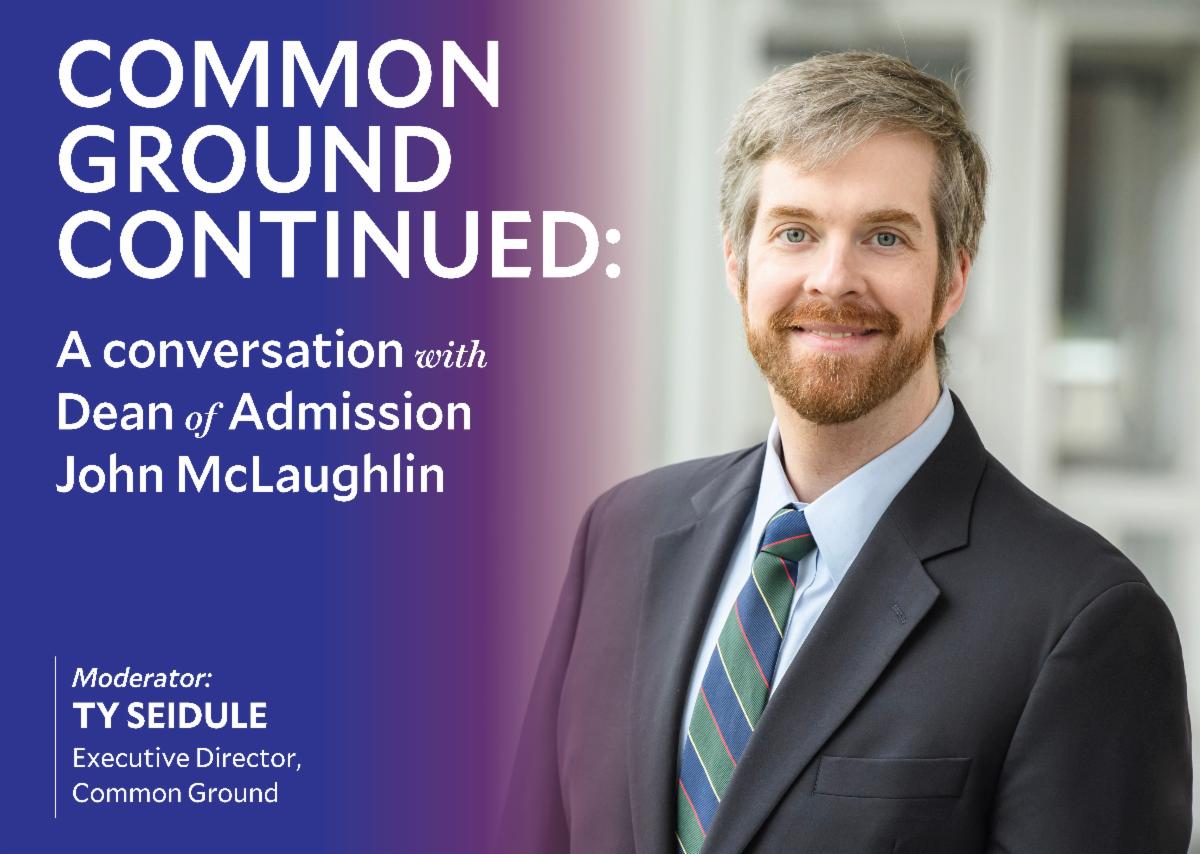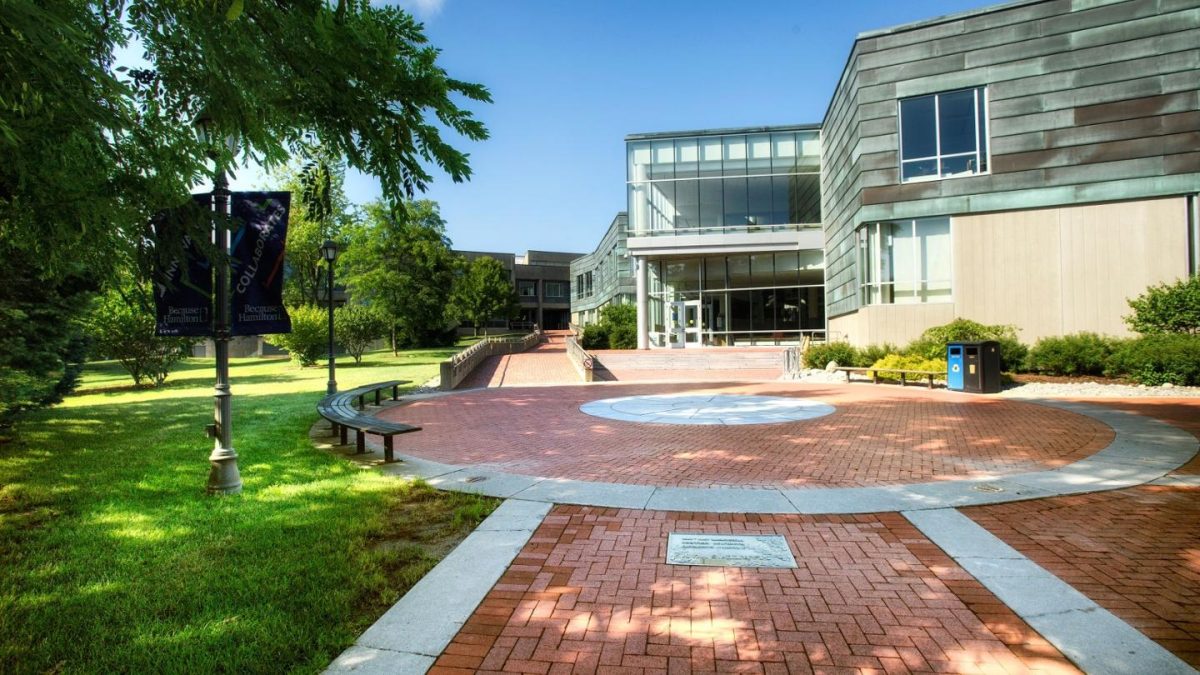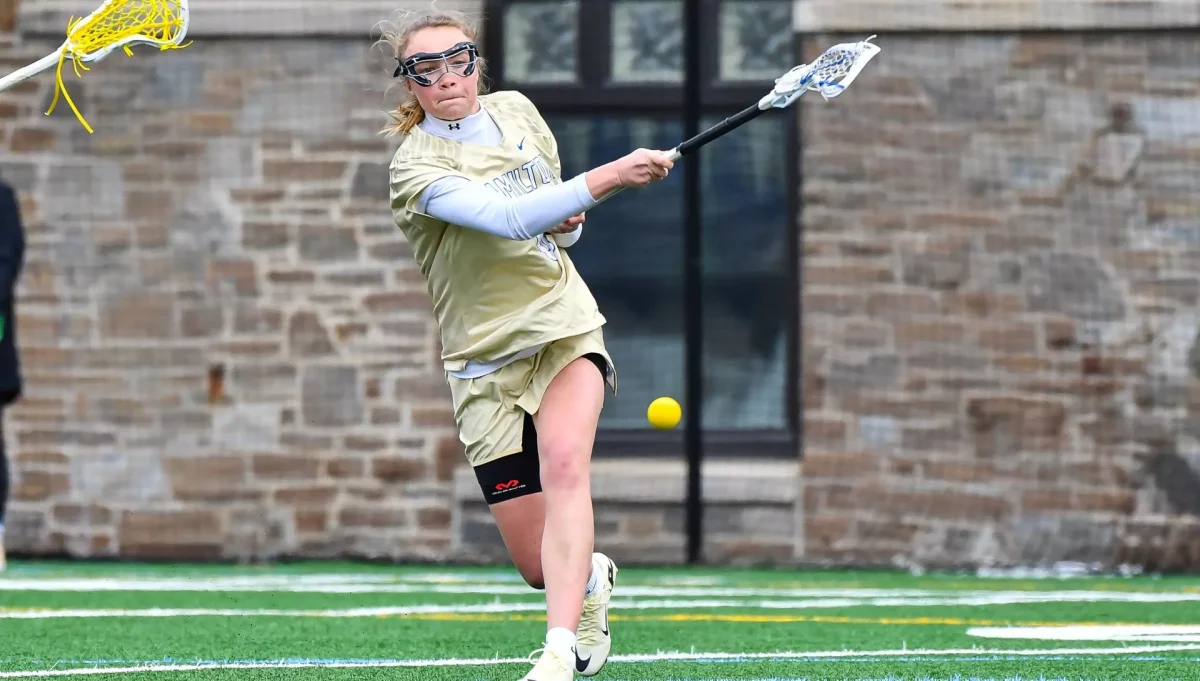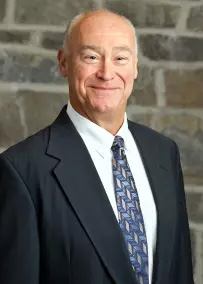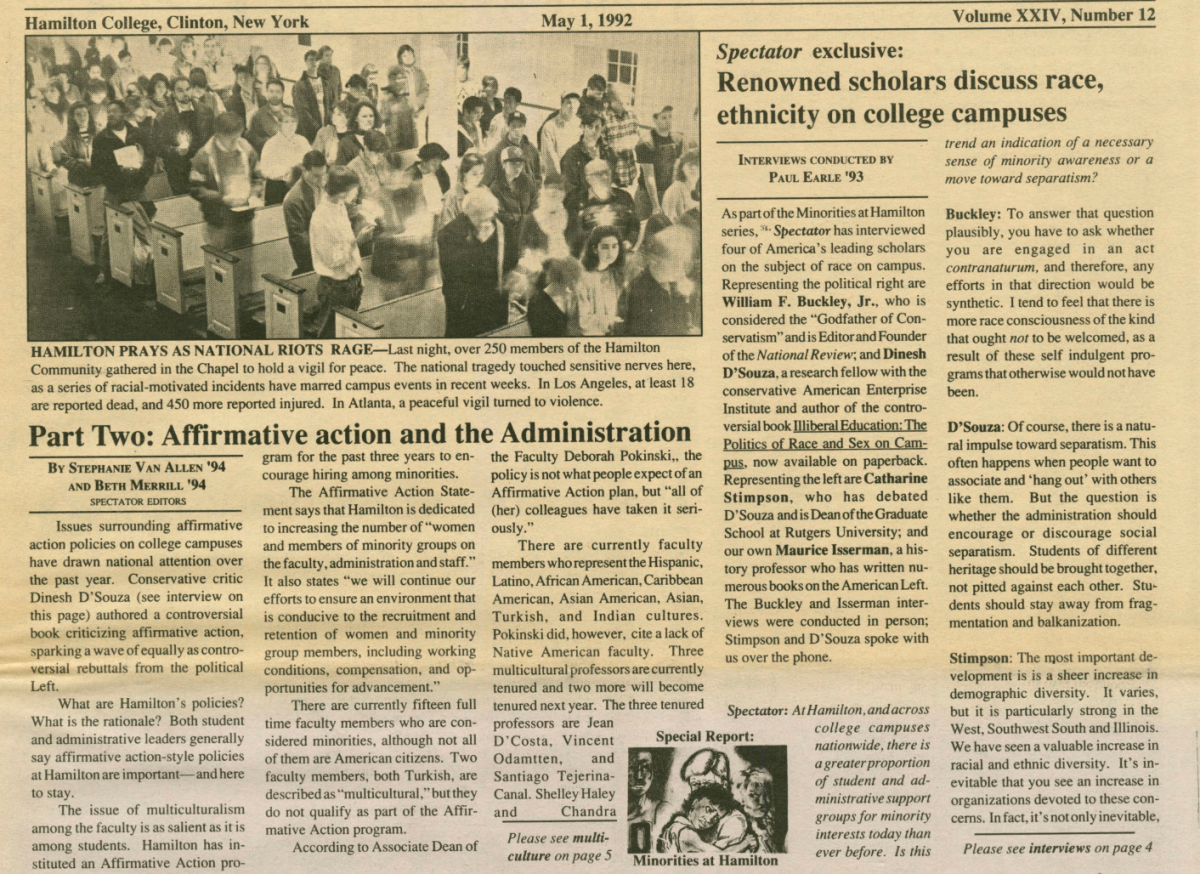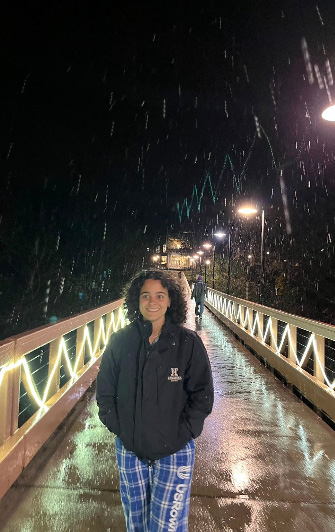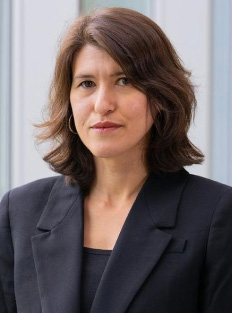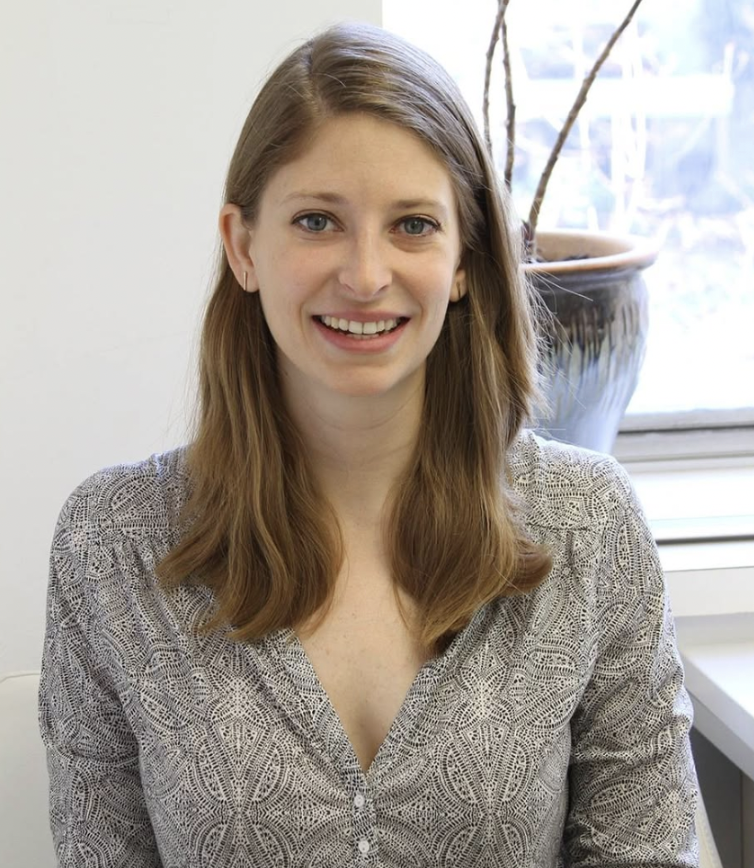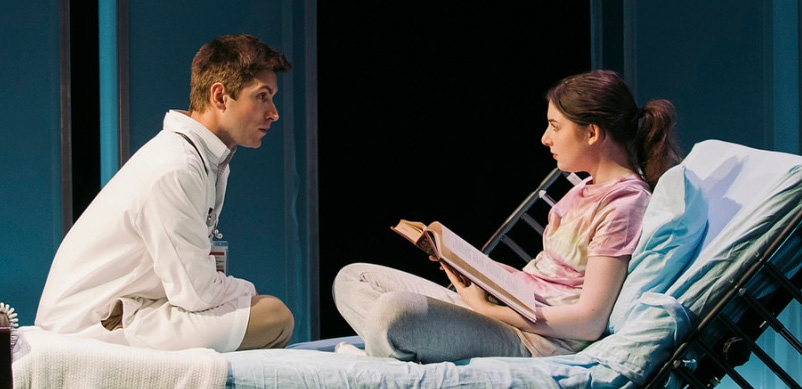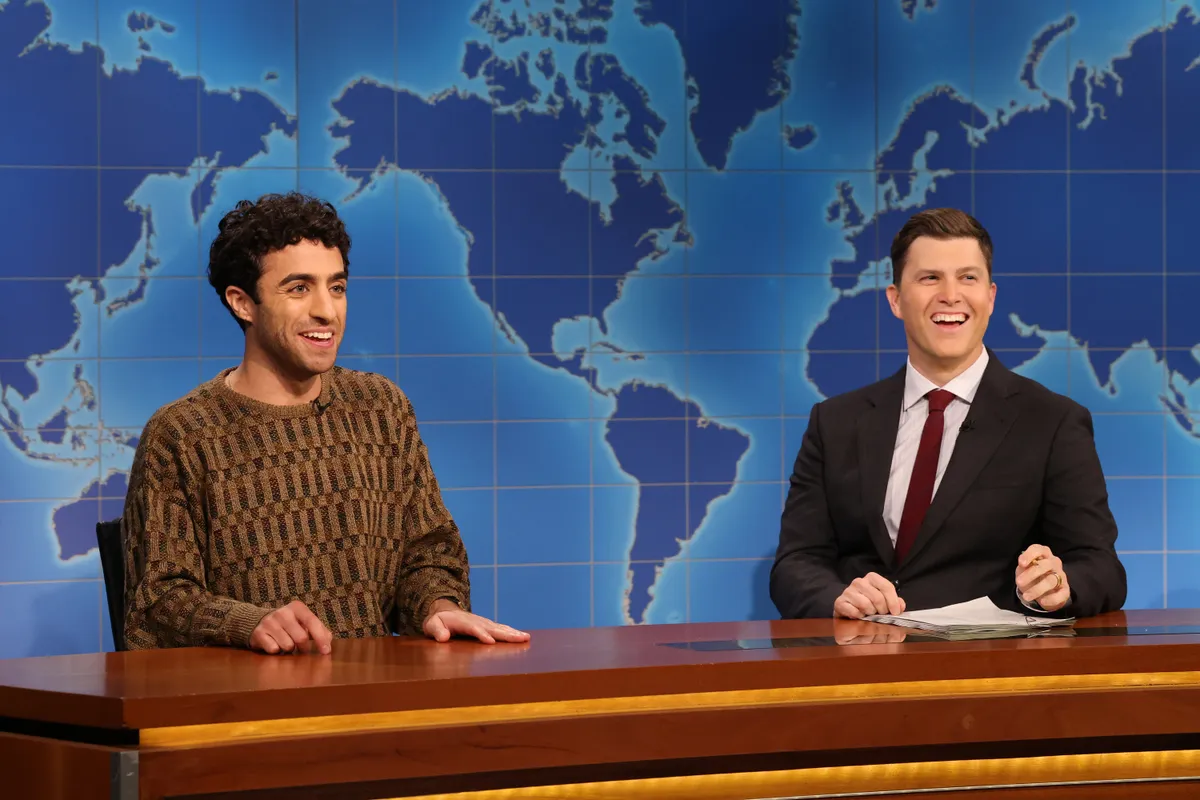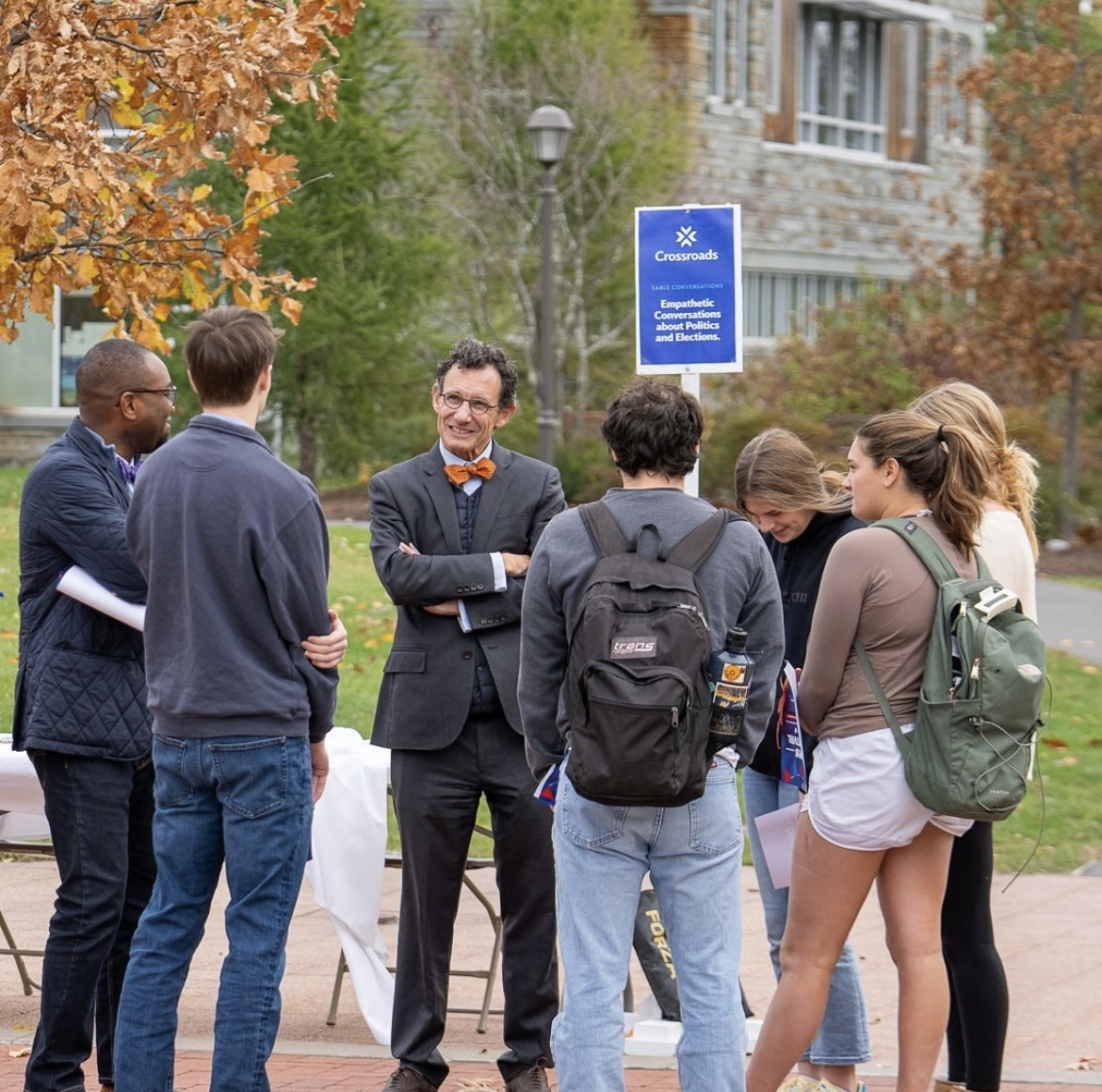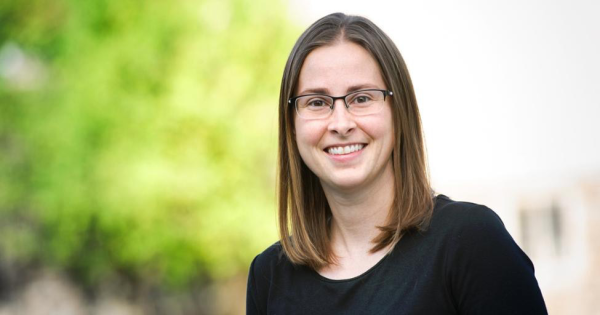
Natalie Nannas, Associate Professor of Biology, will serve a three-year term as the next Associate Dean of Faculty for the Arts and Sciences. Nannas replaces Penny Yee, Professor of Psychology, whose term as associate dean ends June 30, 2025.
The position focuses on supporting Hamilton faculty in their teaching and research, from hiring new faculty to learning about all the different offices on campus. The associate dean also assists faculty who want to bring speakers to campus, attend conferences or apply for grants, awards, scholarships or research opportunities.
Nannas was motivated to step into this new role after having opportunities to get involved with faculty governance over her past eight years as a professor. Through the Academic Council, which she describes as “the faculty’s version of the Student Government Alliance,” she gained a better understanding of how faculty organize themselves and run the college’s governance structure. As a member of the Committee on Academic Policy, she says she has found it fascinating to “see how all of the smaller decisions stack up and impact both faculty and students.”
Nannas says that seeing how the faculty collaborate is “really invigorating because they care so much and they could be doing anything with their careers. They’ve made this choice because they love the students, and they care very deeply about education.”
“We might have different ideas about how to best [accomplish our goals], but we all share the same set of core values of why we are here and why we are trying to do this. And so we can navigate disagreements with the understanding that we’re all trying to work towards that,” she said.
There are a number of initiatives that Nannas is looking forward to supporting and becoming involved in. She is eager to build on the progress of previous deans who streamlined the process for faculty to access funds for conference travel and scholarships. Nannas says she is interested in looking at writing across disciplines, especially in traditionally non-writing-intensive STEM departments. “I’m really excited I’ll be working with faculty from all of the divisions, not just science and arts,” she said. “I think the special value that a liberal arts education has is the ability to work across disciplines.”
Nannas said, “the next major challenge for Hamilton and higher education is how do we navigate AI and its presence in the classroom,” and she has participated in initiatives to address the question. Hamilton started hosting a series of workshops for faculty to discuss their experiences and concerns with AI a few summers ago. Library and Information Technology Services (LITS) provided a series of small grants for faculty to explore methods of incorporating AI in the classroom and understand how AI impacts higher education. Nannas said she is “really interested in bringing in speakers, hosting workshops and letting faculty discuss their experiences” with AI.
Nannas is currently collaborating on a number of “What If?” Initiative projects, including a senior fellow program, with other faculty members. Courtney Gibbons, Associate Professor of Mathematics, led the idea of creating a post-baccalaureate fellowship program for new Hamilton graduates in which they are supervised by a mentor. Participants would specialize in a topic of interest, conduct research and design interdisciplinary projects. Nannas is also supporting Susan Jarosi, Associate Professor of Art History, in creating a Center for Teaching and Learning to “bring together everybody’s interest and desire to learn new teaching and learning strategies.”
Another initiative that Nannas is working on is a Health & Humanities certificate program for students with an interest in health-related careers to explore different perspectives through several interdisciplinary health-focused classes. Nannas says that involved faculty are looking to incorporate an experiential learning component and build an alumni network of people willing to talk with students.
In an uncertain climate for higher education, Nannas and the Dean’s office are focused on relieving some of the faculty’s administrative load and streamlining bureaucratic processes so they can focus on teaching. On the scholarship side, Nannas wants to help faculty “apply for external funding and navigate questions about external funding, because everything is very much up in the air.”
In this new position, Nannas says she is “excited about learning a new skill set and having new responsibilities that I’m going to have to learn really quickly.”
“I feel like I’m walking into a classroom,” she said. “I think that keeps you fresh as an instructor, so that when I go back to teaching, it reminds me of the student experience of being in a totally new environment and learning from scratch.”

